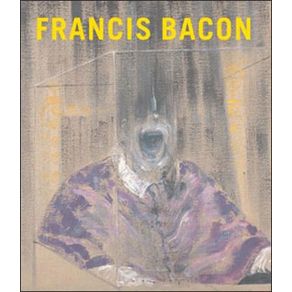Sinopse
Along with J.M.W. Turner, Francis Bacon (1909-92) is widely regarded internationally as Britain's greatest painter. Drawing on low-art sources, including photographs torn from magazines and imagery from films, with a keen awareness of the rich historical tradition of painting stretching back to the renaissance, he developed a way of portraying the human body that was unique in the history of painting. Beginning his public career in 1944 with "Three Studies for Figures at the Base of the Crucifixion", he depicted human beings, usually in isolation, at moments of extreme tension or even pain, distorted like figures from a fantastical nightmare.For many contemporary critics, Bacon's bleakly existential outlook, coupled with his flamboyant homosexuality and colourful private life, made him a controversial figure. Nevertheless, the mastery of the medium of paint by this self-taught artist was recognised relatively early, and in 1962 he had a retrospective exhibition at Tate. In 1985, on the occasion of another exhibition, the then Tate Director remarked that Bacon was surely 'the greatest living painter
Ficha Técnica
Especificações
| ISBN | 9781854378248 |
|---|---|
| Pré venda | Não |
| Peso | 300g |
| Autor para link | GALE MATTHEW |
| Livro disponível - pronta entrega | Não |
| Dimensões | 23 x 16 x 1 |
| Tipo item | Livro Importado |
| Número da edição | 1º EDIÇÃO- 2008 |
| Código Interno | 572965 |
| Código de barras | 9781854378248 |
| Acabamento | HARDCOVER |
| Autor | GALE, MATTHEW |
| Editora | TATE GALLERY PUBLISHING |
| Sob encomenda | Não |



